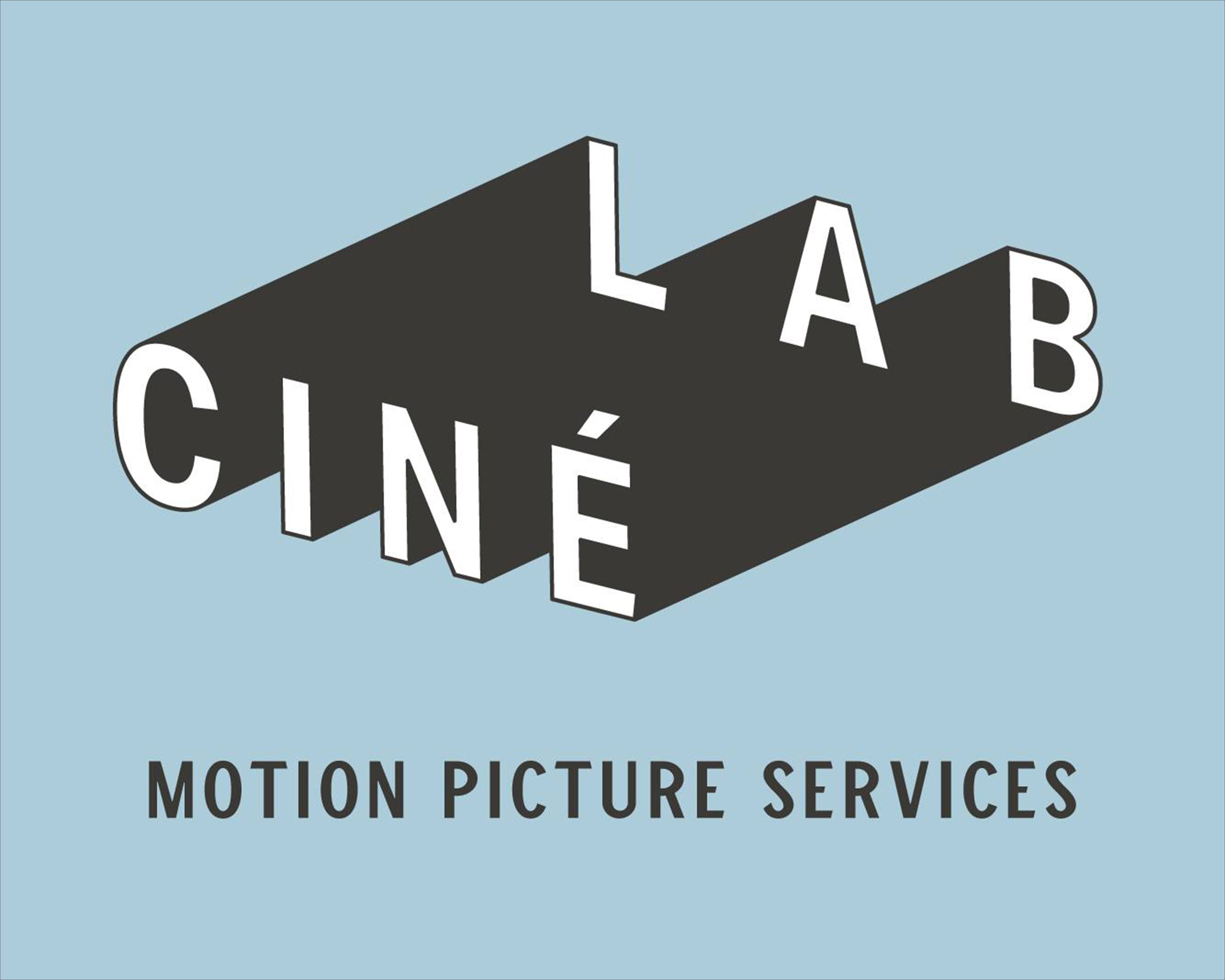When you put diffusion in front of a light, the diffusion itself becomes the source of light on the subject, and its softness is determined by the size of the source relative to the distance to the subject.
Therefore if the piece of diffusion you put on the barndoors becomes something close to a 1'x1' square, that's as soft as the light can ever get (which is not very soft being so small) and using heavier and heavier diffusion won't make the light any softer, once that 1'x1' area is filled evenly with light.
So at the same distance, a 4'x4' frame of diffusion produces a much softer light than a 1'x1' diffusion. Distance relative to subject also matters; a 4'x4' frame and a 12'x12' frame would be the same softness if the 12'x12' was farther away; the difference is FALL-OFF. When you have diffusion much closer to the subject, then as the subject moves closer or farther from the light, they get visibly brighter or darker. When the light is farther away, then moving a few feet closer or farther to the light won't make much of a brightness difference.
So you would only put diffusion right on the light if you wanted to barely soften it. The advantage is that being a semi-hard light still, it would be easier to flag and direct -- for example, you could then put a snoot of blackwrap around the light to control the spill. A 4'x4' frame requires much bigger black flags to control the spill, and this takes up more space.




